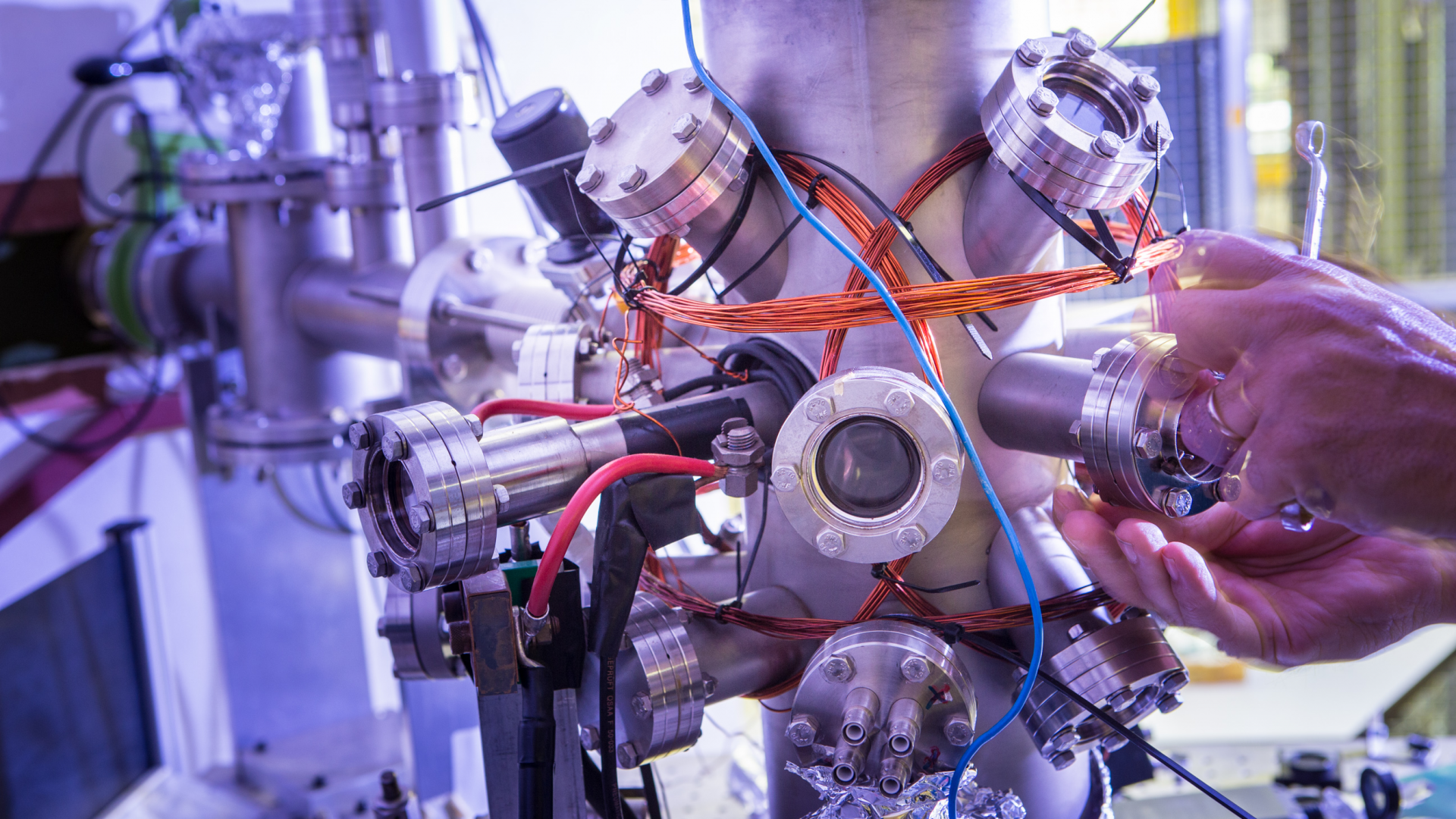Enhancing diffraction-based overlay metrology capabilities in digital holographic microscopy using model-based signal separation
Background:
The continuous shrink of device dimensions in the semiconductor industry drives the need to improve optical microscopy techniques that are often used in overlay metrology. Achieving sub-nanometer overlay metrology precision requires near-perfect imaging conditions and an almost complete suppression of imaging artifact.
Aim: Digital holographic microscopy (DHM) has been presented as a promising new overlay tool measuring the full complex-valued field, giving one computational access to the pupil plane. The unique characteristics of a holographic imaging system in combination with prior knowledge of the object under study show the capability to advance semiconductor metrology. This technique enables a further reduction in metrology target size while also offering opportunities to improve precision.
Approach:
We present experimental results on a model-based signal separation technique using digital pupil filtering for two different metrology challenges and demonstrate strong suppression of nuisance signals without resolution loss.
Results:
We will present two experimental examples of different types of pupil filtering in DHM allowing for larger region-of-interest selection to improve the diffraction-based overlay metrology precision and accuracy.
Conclusion:
We experimentally demonstrate that model-based signal separation in the pupil plane can significantly enhance the overlay metrology capabilities in cases where prior knowledge of the sample is present.








